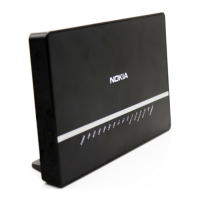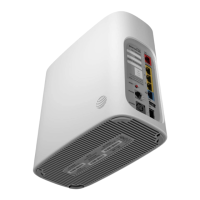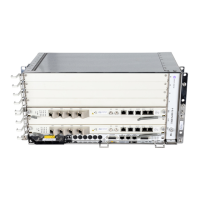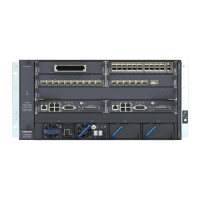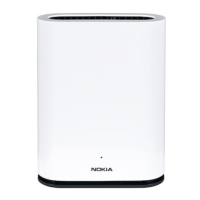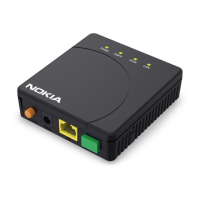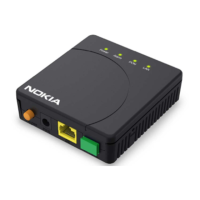Virtual Private LAN Service
170
FD 100/320Gbps NT and FX NT IHub Services Guide
3HH-11985-AAAA-TQZZA Issue: 13
VPLS is provided over MPLS by:
• Connecting bridging-capable provider edge routers with a full mesh of MPLS LSP
(label switched path) tunnels.
• Negotiating per-service VC labels using draft-Martini encapsulation.
• Replicating unknown and broadcast traffic in a service domain.
• Enabling MAC learning over tunnel and access/hybrid ports (see VPLS MAC
Learning and Packet Forwarding).
• Using a separate forwarding information base (FIB) per VPLS service.
The following features are supported for each VPLS service instance:
• L2 traffic forwarding
• IP address-based multicasting
• SAP configuration
• Extensive MAC and IP filter support (up to Layer 4). Filters can be applied on a
per SAP basis.
• Forwarding Information Base (FIB) management features on a per service level
including:
• Configurable FIB size limit.
• FIB size alarms.
• MAC learning disable.
• User-to-user communication control for services configured on residential (user)
ports.
• IGMP snooping
• static IP address based multicast trees
• Active/standby pseudowire
• Control word
5.3.3.2 VPLS MAC Learning and Packet Forwarding
The ISAM performs the packet replication required for broadcast and multicast traffic
across the bridged domain. MAC address learning is performed by the ISAM to
reduce the amount of unknown destination MAC address flooding.
ISAMs learn the source MAC addresses of the traffic arriving on their access, hybrid,
and network ports. Each ISAM maintains a Forwarding Information Base (FIB) for
each VPLS service instance and learned MAC addresses are populated in the FIB
table of the service. All traffic is switched based on MAC addresses and forwarded
between all participating LSR using the LSP tunnels. Unknown destination packets
(i.e., the destination MAC address has not been learned) are forwarded on all LSPs
to the participating edge service router or ISAM for that service until the target station
responds and the MAC address is learned by the edge service router/ISAM
associated with that service.

